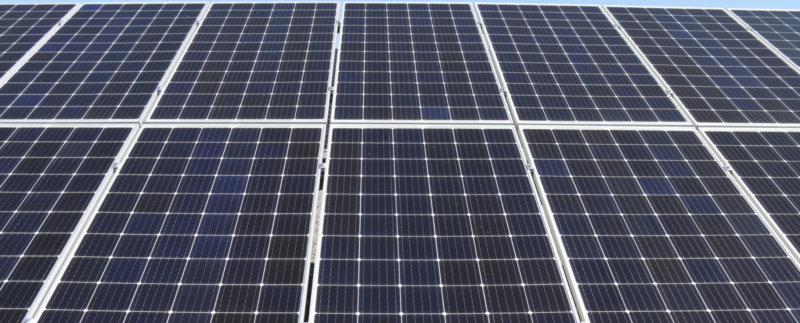How Solar Additions Can Improve The Property Landscape In Cambodia

In the past few years, Cambodia has increasingly turned to solar power to address its energy shortage. In May 2019, The Asian Development Bank approved a $7.64 million loan to facilitate the construction of 100-megawatt solar power park, while later that year the country’s national assembly approved four other solar projects.
For homeowners and landlords in Cambodia, this has been a welcome
development as the country looks to improve access to and
cost-effectiveness of electricity. Cambodia now plans to source 20
percent of its electricity from solar power in the coming years, and
with it comes incredible benefits for all.
Reduced Costs Of Maintenance For Landlords, Property Owners And Businesses
Most
of 2019 saw power prices soar in Cambodia, and as a result, so did the
sales of generators. The country faced an increasing electricity
shortage as the hydro dams failed to produce electricity, and as of
August 2019, the higher electricity prices were set to stay, putting
pressure on 75 percent of consumers that access electricity on the
grid. Solar power PV cost, on the other hand, has declined by 83 percent
in the last decade, according to the United Nations Development
Program. By 2050, this cost would have decreased by a further 70 percent
and presents a viable answer to the question of reducing the cost of living in Cambodia.
The severe drought that the country has experienced has not only
resulted in daily blackouts for consumers, but has stifled the small
business community. Therefore, solar power additions not only address
the affordability of electricity in households, but also improve the
economic prospects for the business community.
Improved Access For Remote Properties Without Access To The National Grid
As
of 2018, the access to the grid electricity was just over 71 percent,
while some estimates have put the electrification rate at 60 percent –
one of the lowest in Southeast Asia. However, the high levels of
sunshine that the country enjoys means more of the population can
harness a free and readily available resource to increase the
electricity access for far out regions. There is an average of 6.49
hours of sunshine each day (or 2490 hours each year) in Cambodia. Solar
power panels need upwards of four hours of typical peak sunshine to
operate at optimal efficiency.
Also, solar additions allow for a much-needed increase in electrification capacity. Currently, the country’s capital Phnom Penh consumes 90 percent of electricity in
the country, which means residents and homes in other regions are at a
disadvantage when it comes to their electricity supply. Solar additions
also bring welcome changes to the real estate sector. Over 90 percent of
the population gravitates towards the capital city, fueled by increased
access to amenities like electricity. The use of solar additions
presents an opportunity for real estate to develop across the country.
Thanks to recent solar technologies like carports, a crowded city like
Phnom Penh can also harness the benefits of solar additions. Solar covered spaces have produced positive outcomes in many cases, including overflowing electricity capacity and increased business cash flow.
Addressing The Dry Season Blackouts For Tenants And Homeowners
While the Cambodian government is working to avoid blackouts in
the upcoming dry season (November to April 2021), solar additions can
act as a backup source of power in the event that the country’s
reservoir is depleted. The country is also planning to import power from
Thailand and Laos – at a heightened cost. According to Vientiene Times,
Cambodia spent $8 million on electricity from Laos in 2019 alone. The
initial implementation phase of solar additions would require an
investment but consequently will result in much lower costs of
electricity to the government and consumers.
From a property developer’s point of view, a steady supply of electricity can boost the value of the property on the market and the rental charged. For homeowners, reduced costs mean lower running costs of owning a home. For the country, solar additions allow for increased access and local electricity capacity, reduced national expenditure, and improved quality of life for both consumers and the business sector.
